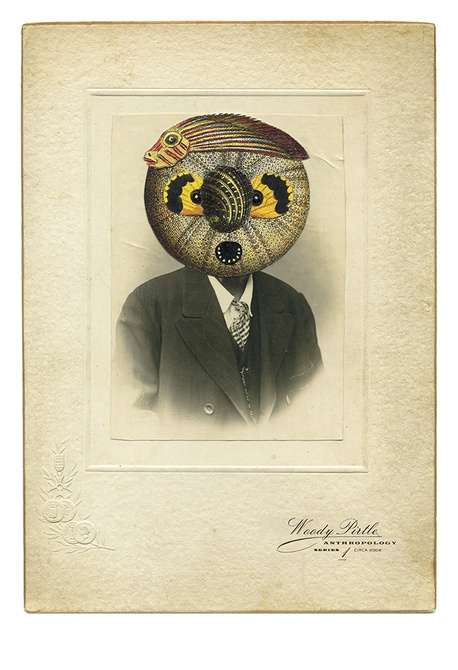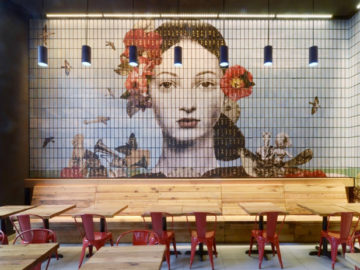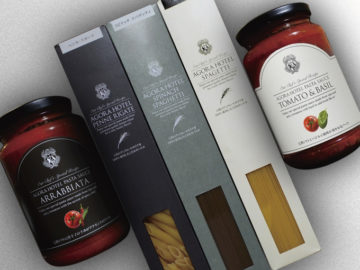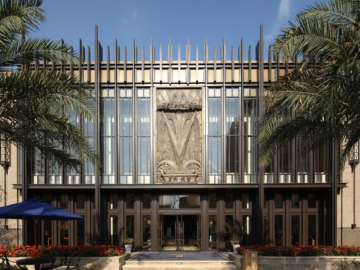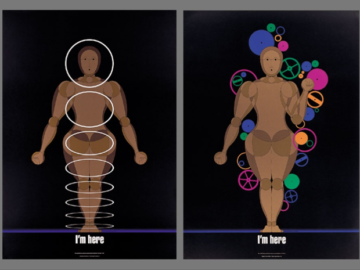Legendary graphic designer and AIGA Medal recipient Woody Pirtle passed away last week. As we honor his remarkable legacy, we’re sharing a revealing 2018 Graphis Journal interview (Issue 357) that captures the creative philosophy of one of design’s most influential leaders. The conversation, introduced by VSA Partners’ founding partner Dana Arnett, explores Woody’s groundbreaking approach to design, his collaborative work with family, and his lasting impact on visual communication. From his transformative partnership at Pentagram to his dedication to social impact design, his reflections offer invaluable insights into the principles that shaped American graphic design.
Introduction by Dana Arnett, Founding Partner, VSA Partners
Anyone naive enough to suggest that the late ’70s gave birth to largely fleeting and mostly decorative artists need only turn to master designer Woody Pirtle, one of history’s most enduring and versatile design talents. For more than 40 years now, Pirtle has remained a vibrant creator and leading voice for shaping graphic design. Many of us have come to know Pirtle’s brilliance through a body of work he produced during tenures at The Richards Group, Pirtle Design, and Pentagram. It was with these three firms that he would create some of the most energetic, adventurous, and ultimately enduring designs of the modern era. Whether it was posters for Knoll or the AIGA, identity programs for corporate and cultural entities such as the American Folk Art Museum, or one of a dozen award-winning annual reports and book designs, his conceptual thinking was matched only by his masterful command of words and images. Today, Pirtle continues to defy categorization. His obvious glee for pushing the limits of creativity continues to breathe life into a wide range of design and fine art commissions. In his art and in his life, he takes chances. And trusting these instincts, not just his wealth of experience, will continue to make Woody Pirtle one of the most admired designers of our time.
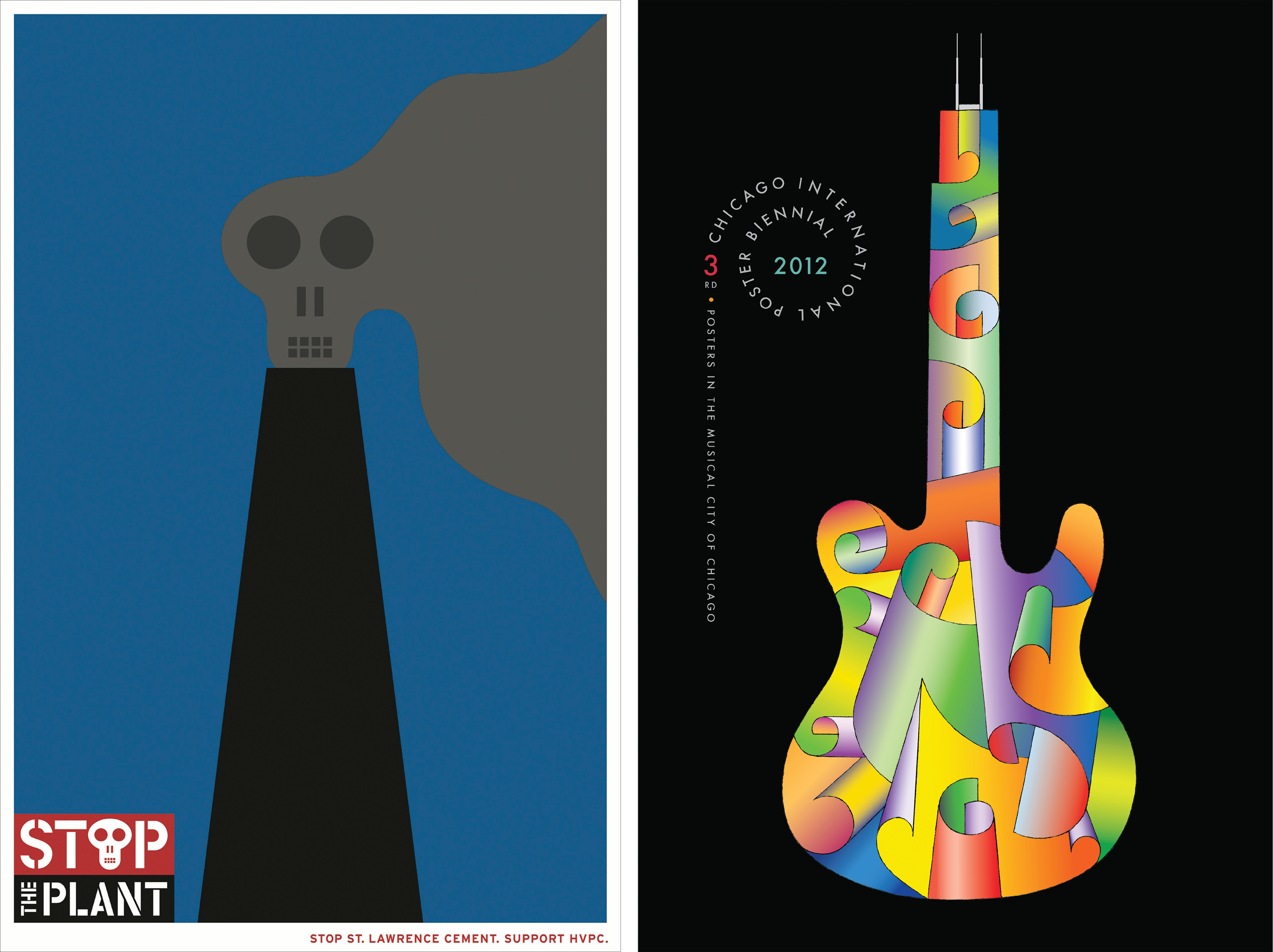
Congratulations on getting the Rome Prize. What was your reaction when you heard?
I was elated! I’ve had a phenomenal career that is still going strong, and this seems to be the cherry on top. I’m very grateful for the honor.
Tell us about your work philosophy.
I’ve always strived to work with corporations and institutions that I respect. I’ve found that I do my best work when I’m working with clients I like and who also like and respect me. I try to make a connection with the most senior executive on the client’s project team and establish a relationship that transcends vendor status. When you’re treated like a vendor rather than a collaborator or partner, neither the work nor the experience is very fulfilling.
What did you take away from your experience as a Pentagram partner?
Becoming a partner at Pentagram was a life-changing experience. Not only did I move from Texas to New York—the epicenter of design—joining perhaps the most highly regarded design firm in the world, but I also produced a body of work that I’m extremely proud of. Just after moving to NY, I was fortunate to meet and marry Leslie, the love of my life. Together, we have designed an incomparable life.
Why did you leave Pentagram to set up your own practice?
After spending almost 18 years living in the city and helping to build Pentagram into the powerhouse it is today, I wanted to scale down and focus more on my personal work. I also wanted to do more for the greater good: socially oriented work that has the potential to make a difference in our troubled world.
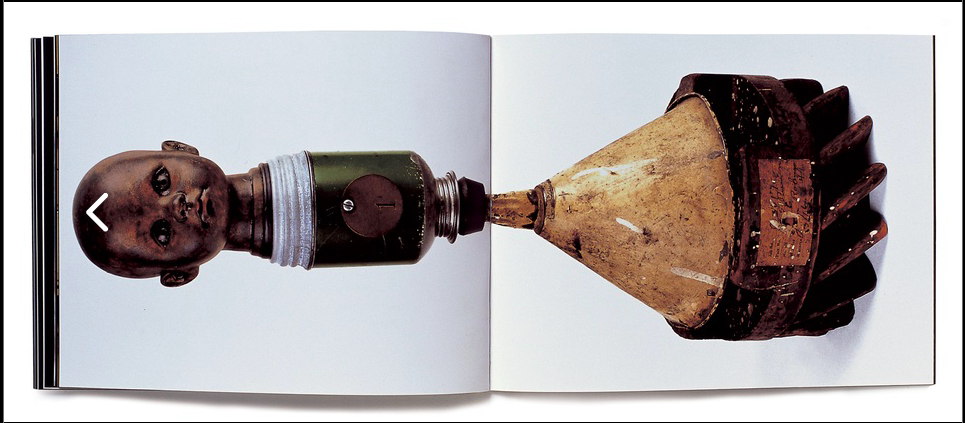
What part of your work do you find the most demanding?
After working in the graphic design discipline for 40 years now, I don’t find conceptualizing or implementing the work itself demanding at all. What can be a difficult part of the process is convincing the client to accept my best idea. That said, I’ve always been most successful when I am able to persuade my client that my solution is best because it most effectively satisfies the goals of the marketing brief.
What satisfies you most in your work?
When I’m able to find a solution that is so perfect that it appears to be inevitable. When that occurs, I have a win-win situation. The client is happy, and so am I.
Who have been your most successful creative collaborators?
Countless illustrators, photographers, and writers. But most importantly, my partners at Pentagram, the members of my team, my wife Leslie, my son Luke, and clients like Brown- Forman, TGI Friday’s, The American Folk Art Museum, Vassar College, VMFA, Fuji Television Network, and many, many others.
What is your definition of good design?
Good design is design that appropriately solves a client’s problem and communicates with an intended audience in a concise, visually compelling manner.
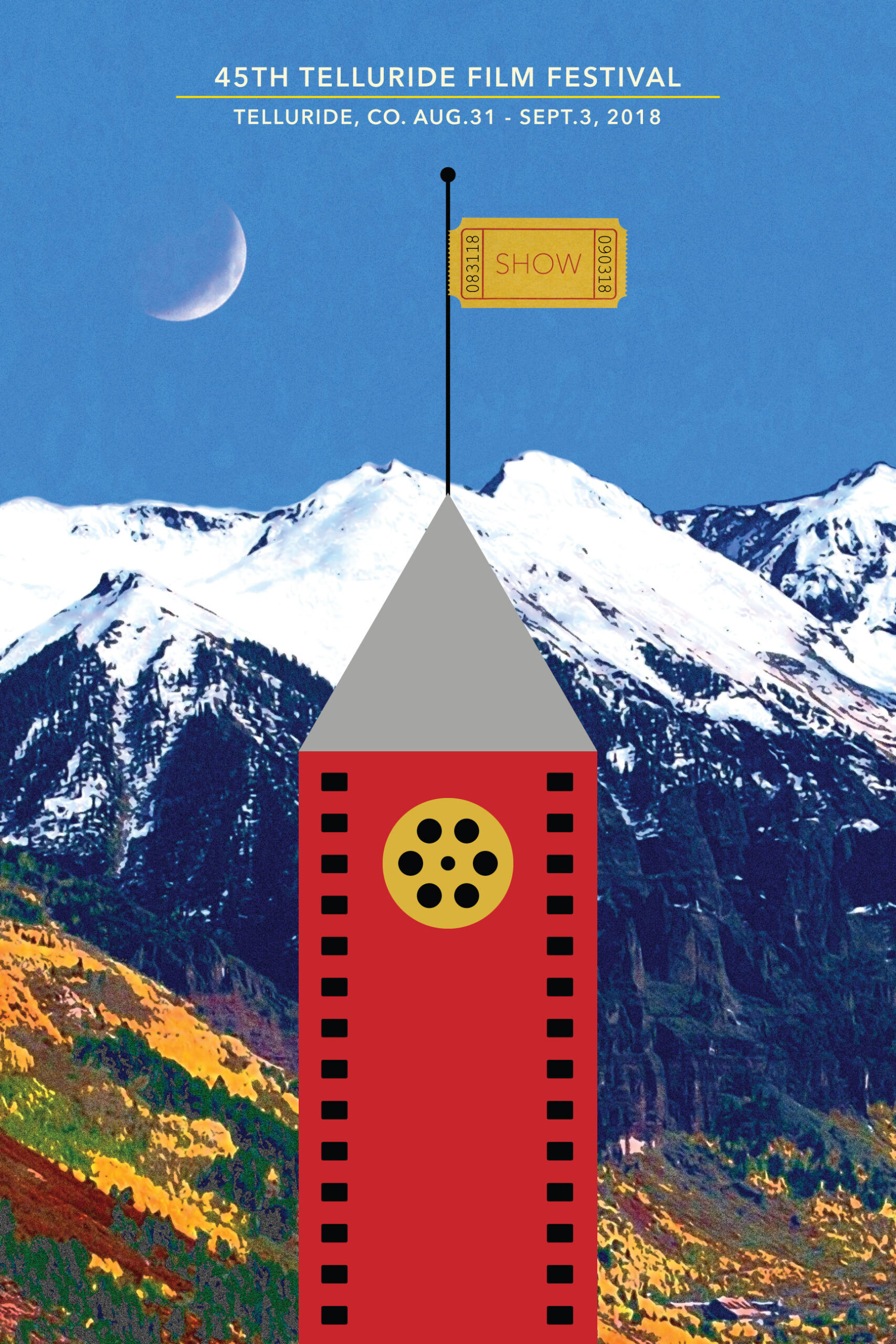
Who influenced you in your career?
My background is in fine art. I spent most of my early years in college doing paintings, sculptures, and lithographs. My influences are too many to list here, but I’ll mention the first few that come to mind: Monet, Picasso, Marcel Duchamp, Man Ray, Kurt Schwitters, Rauschenberg, Jasper Johns, and Pollock. Concerning the design category, there are so many, but the first few that I think of are: Stan Richards, my first employer and mentor, and of course Alvin Lustig, Paul Rand, Chermayeff and Geismar, Saul Bass, Push Pin Studios, and the founding partners of Pentagram. That’s just the tip of the iceberg.
Where do you seek inspiration?
I don’t seek inspiration. It finds me. As Paul Rand wrote in A Designer’s Art, “Ideas may come from anywhere, anything, any time, any place.” I just make sure I keep my eyes open and try to see beyond what’s right in front of me. Alan Fletcher called it “the art of looking sideways.”
How do you define success?
In my view, success is all about being happy. It doesn’t matter how much money you make or how many great jobs you’ve done if you never find happiness in your life.
What would be your dream assignment?
My dream assignment is one that I’ve already done. Back in 2000, Pentagram was commissioned to create the graphic identity and signage program for the American Folk Art Museum in New York. Given that I am a massive fan of the folk art category, the assignment was ideally suited to me. My graphic sensibility and the category are very much in sync. The new program was scheduled to be unveiled in conjunction with the opening of the museum’s wonderful new building designed by Todd Williams and Billy Tsien. Being involved in a project with such synergy is rare and exciting.
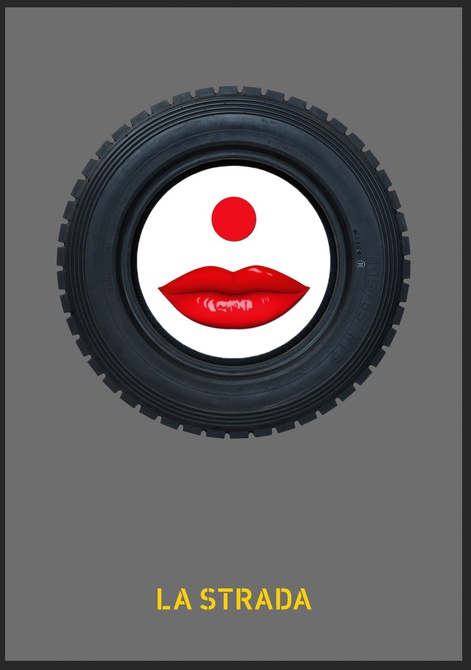
What do you value most?
No one or anything is more valuable to me than Leslie, my lovely wife, Luke, my extraordinary son, Amy and Elizabeth, my beautiful daughters, and my five precious grandchildren.
What is the biggest personal challenge you’ve had to overcome?
It would have to be the death of my first son, Mark, who was killed in an automobile accident when he was 17. I always told myself that I could handle anything but the loss of one of my children. But after the accident happened and the grieving subsided, I realized that what Mark would have wanted me to do was to gain strength from the tragedy, cherish his memory, and move on with my life. And that’s what I did.
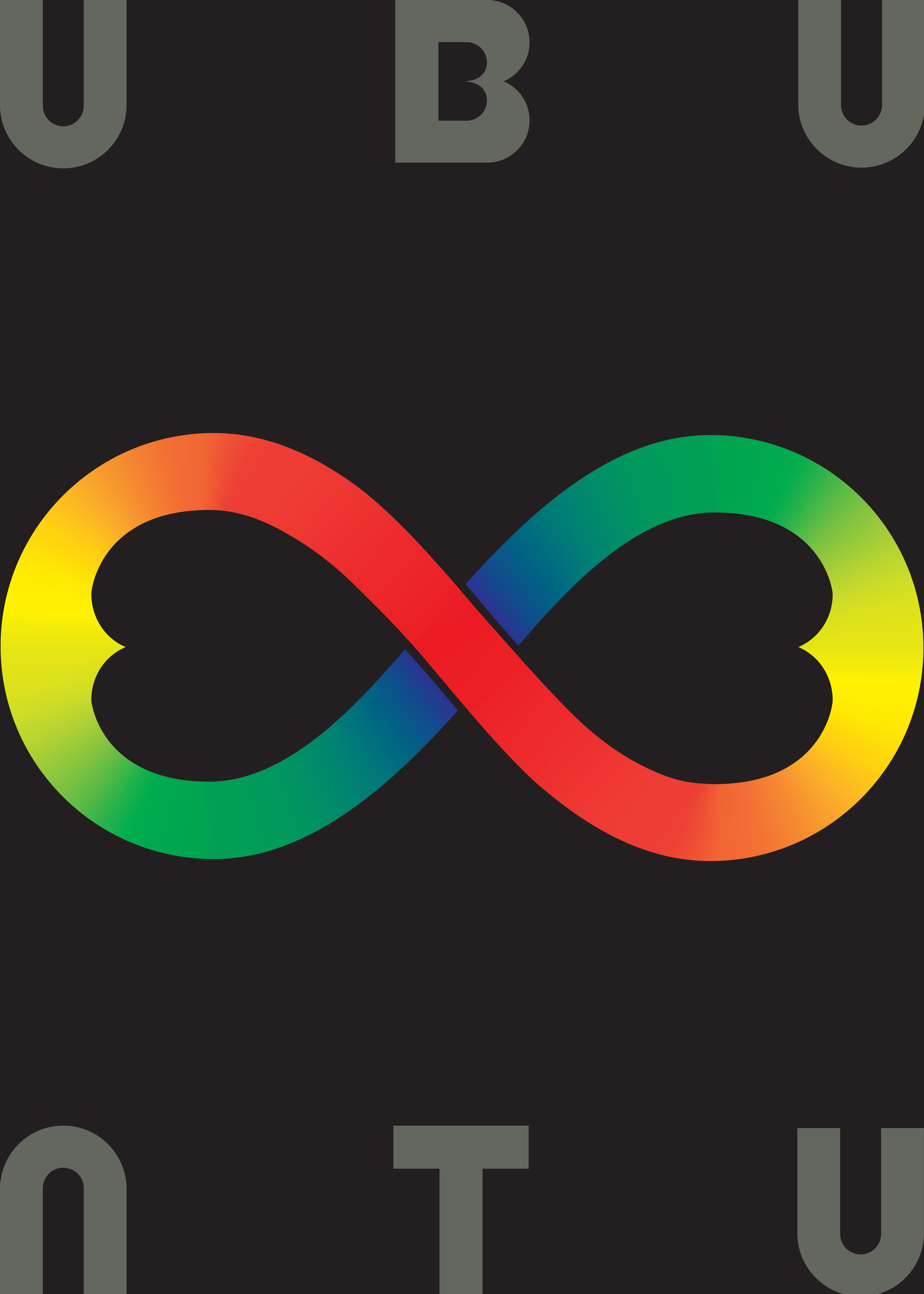
What professional goals do you still have for yourself?
As long as I have my health and continue to be excited about doing design, I will continue working with clients I believe in. The older I get, the more dedicated I am to working for clients, like Amnesty International, who are focused on initiatives that are intent on helping to make our world a better place for us all.
What interests do you have outside of your work?
When I’m not doing design-related projects, I spend much of my time working on assemblages and collages. I love the way my personal work impacts how I approach my more commercial projects and vice versa.
What would you change if you had to do it all over again?
Not a thing.
